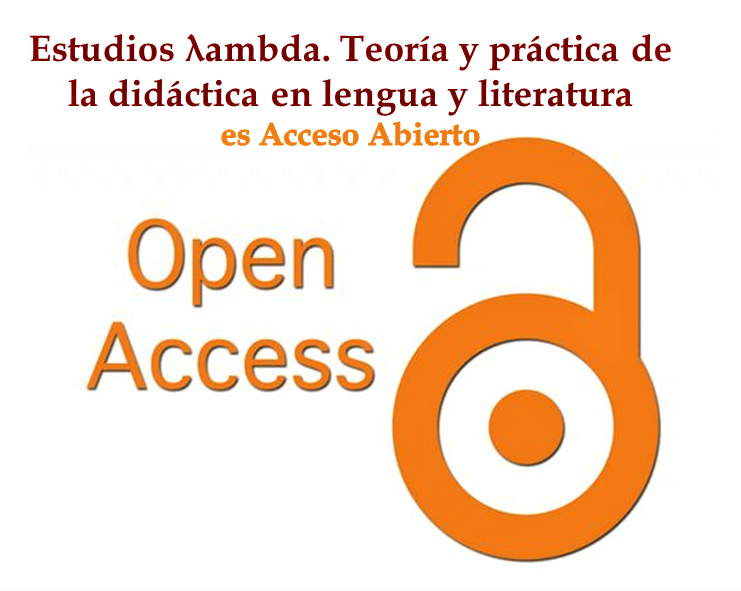Art and Language: Flows and Tensions in Education
Art and Language: Flows and Tensions in Education
DOI:
https://doi.org/10.36799/el.v2i1.55Keywords:
art, language, education, development, learningAbstract
In this article is presented a critical reflection about art and language conceptions which prevail in the Basic Education (BE) curriculum, as well as in the profile of teachers according to the training curriculum in preschool, primary, and secondary levels. In order to contextualize, we recur to drawn coordinates by the evolution of the species and of human development. In the convergence of phylogeny and ontogeny, art and language are situated as conquers from and between men. In this frame the double nature of such objects is recognized as products of evolution and as sources of learning in the development. This critical reflection is supported by the analysis on the interpretation of art and language in the BE curriculum as well as in the conceptions which teachers reproduce through their practice due to the professional training they have received, and also through the curriculum. A result of such conceptions is to have denatured and fragmentary teaching objects with direct repercussions on the student. As an alternative, it is proposed that the individual - in contact with other individuals- organizes his relationship with reality from processes such as perception, appreciation, expression, cognition, configuring again and again to the world and to him.
Downloads
References
Collingwood, R. G. Los principios del arte. México: Fondo de Cultura Económica, 1985.
INEE. Panorama educativo de la población indígena 2015. México: Instituto Nacional para la Evaluación de la Educación/Fondo de las Naciones Unidas para la Infancia, 2016.
Izaguirre, Ruíz Juan Crisóstomo. Arte y escuelas secundarias en Hermosillo. Relaciones entre currículo, cultura docente y aprendizaje. Tesis de doctorado sin publicar. Culiacán: Universidad Autónoma de Sinaloa, 2016.
López, Luis Enrique. «¿Dónde estamos con la enseñanza del castellano como segunda lengua en América Latina?» en Jung, Ingrid y Luis Enrique (Compiladores) López. Abriendo la escuela. Lingüística aplicada a la enseñanza de lenguas. Madrid:
Morata, 2003. Págs. 39-71.
SEP. El modelo educativo 2016. El planteamiento pedagógico de la Reforma Educativa. México: Secretaría de Educación Pública, 2016.
______. Programa de estudio 2011. Guía para la educadora. Educación básica preescolar. México: Secretaría de Educación Pública, 2013.
______. Propuesta curricular para la educación obligatoria 2016. México: Secretaría de Educación Pública, 2016.
Shiner, Larry. La invención del arte. Una historia cultural. Barcelona: Paidós, 2004.
Downloads
Published
How to Cite
Issue
Section
License
El autor o autores conservan en todo momento sus derechos morales y patrimoniales sobre la obra; la obra no se puede alterar, transformar o ampliar; siempre debe reconocerse la autoría del documento referido. Ninguna de las modalidades de los documentos publicados en Estudios λambda. Teoría y práctica de la didáctica en lengua y literatura tienen fines comerciales de naturaleza alguna.



